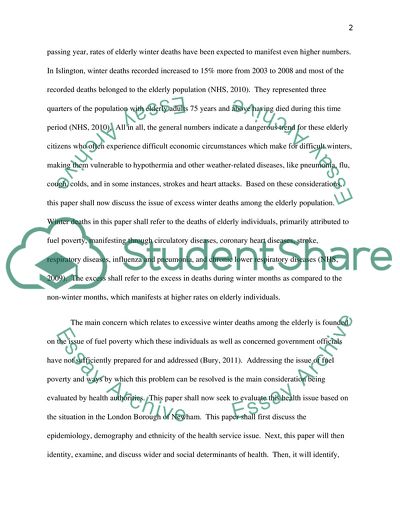Cite this document
(London Health Issues and Problems Research Paper, n.d.)
London Health Issues and Problems Research Paper. Retrieved from https://studentshare.org/health-sciences-medicine/1763438-london-health-issues-and-problems
London Health Issues and Problems Research Paper. Retrieved from https://studentshare.org/health-sciences-medicine/1763438-london-health-issues-and-problems
(London Health Issues and Problems Research Paper)
London Health Issues and Problems Research Paper. https://studentshare.org/health-sciences-medicine/1763438-london-health-issues-and-problems.
London Health Issues and Problems Research Paper. https://studentshare.org/health-sciences-medicine/1763438-london-health-issues-and-problems.
“London Health Issues and Problems Research Paper”, n.d. https://studentshare.org/health-sciences-medicine/1763438-london-health-issues-and-problems.


